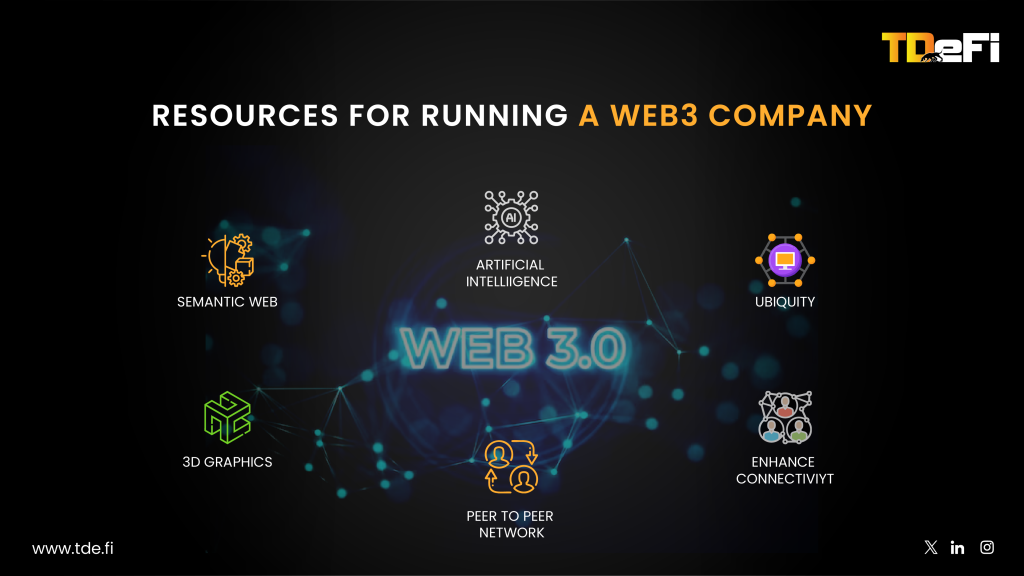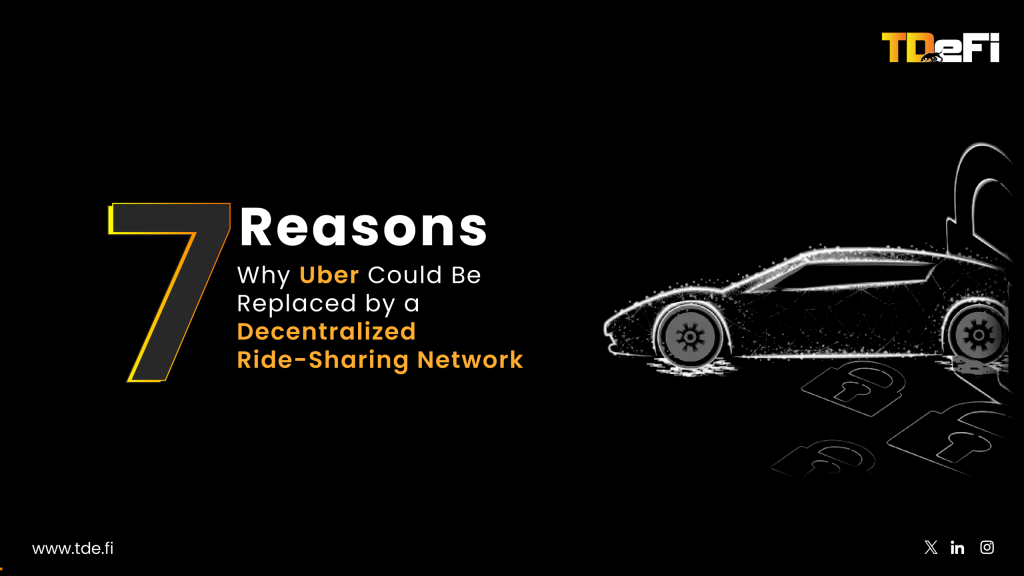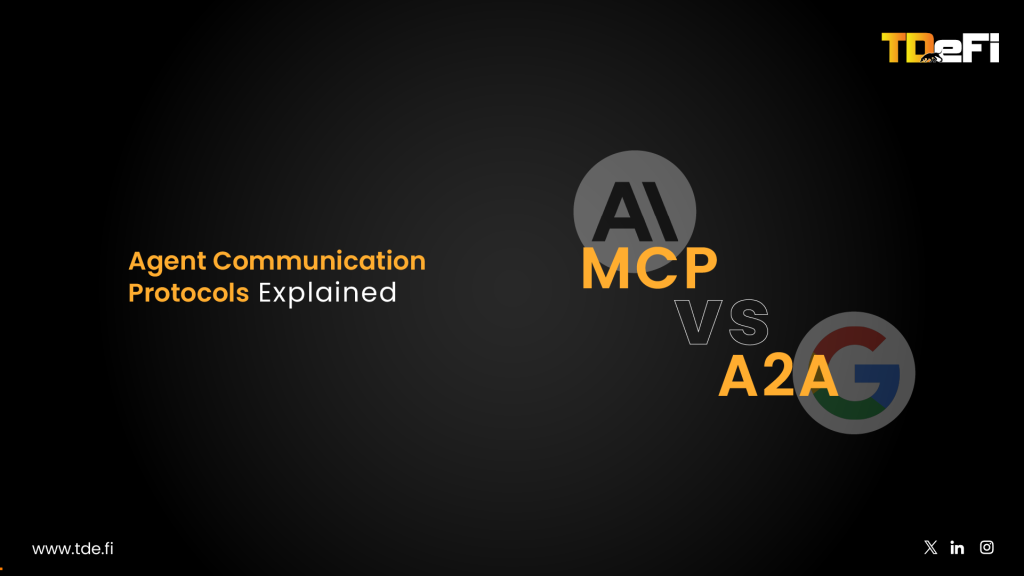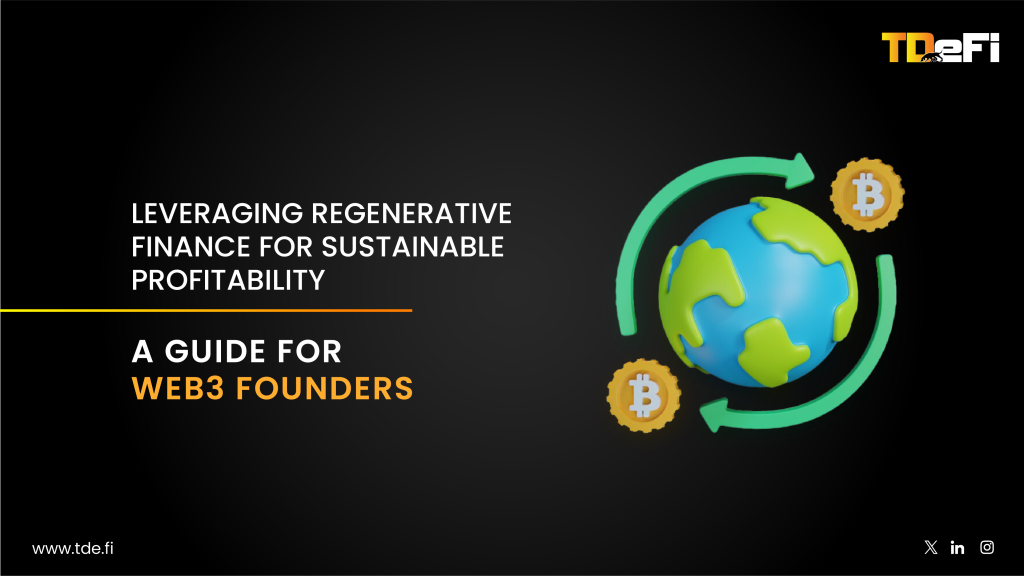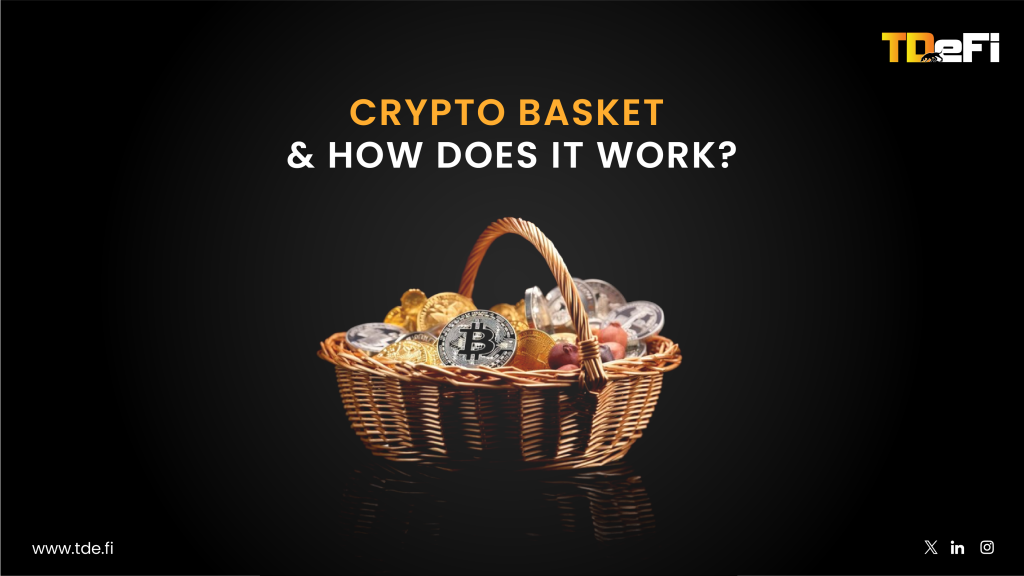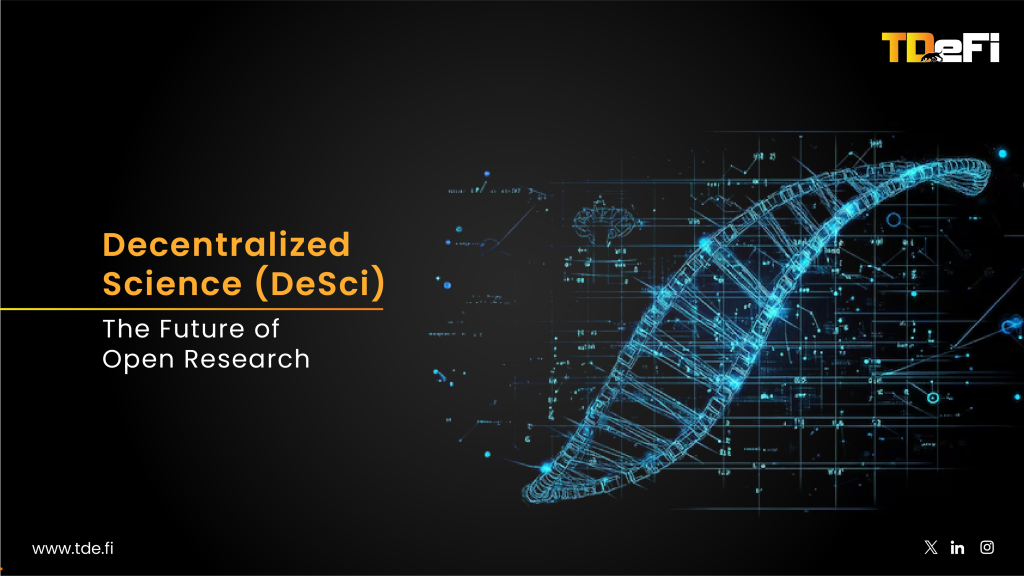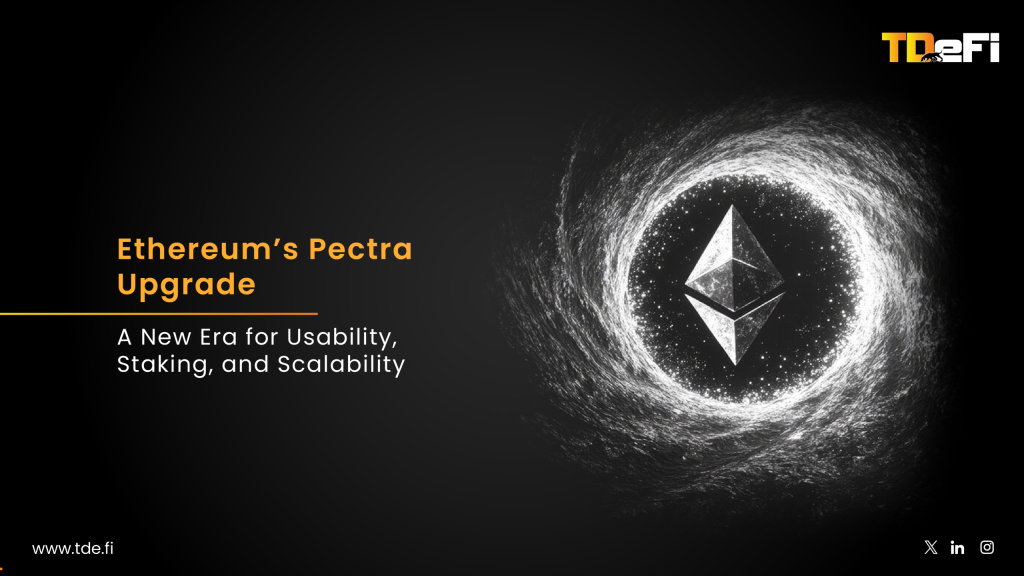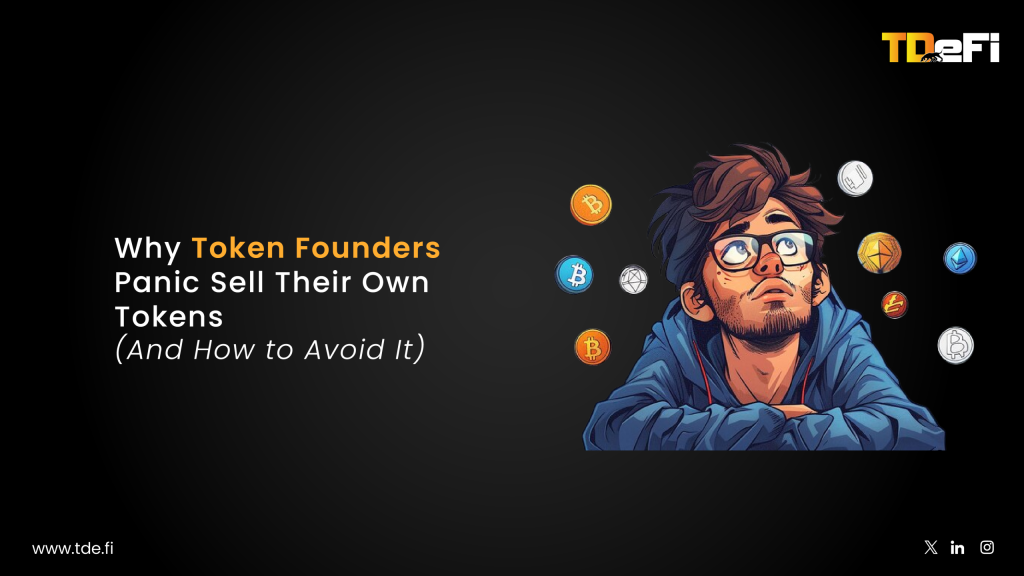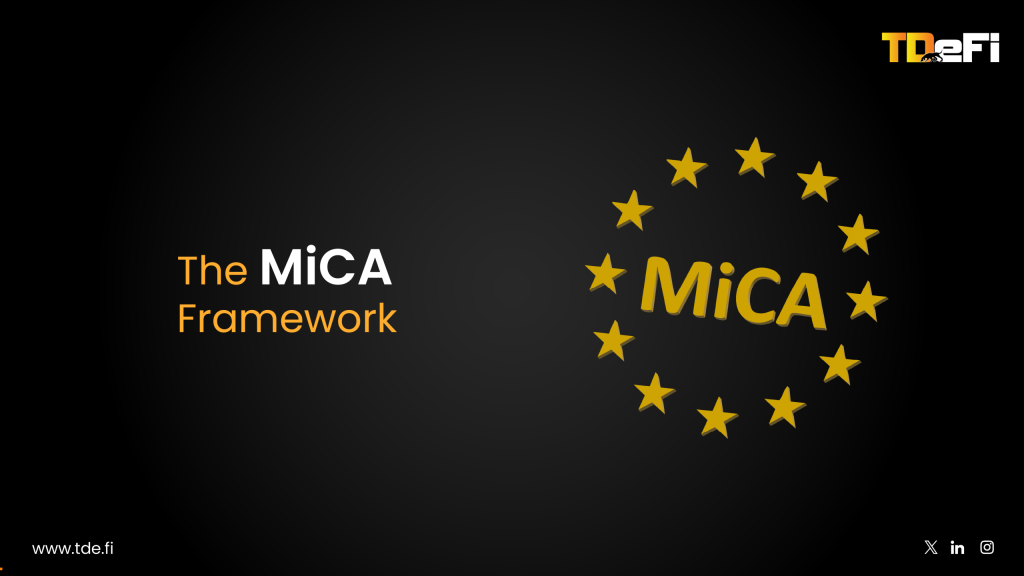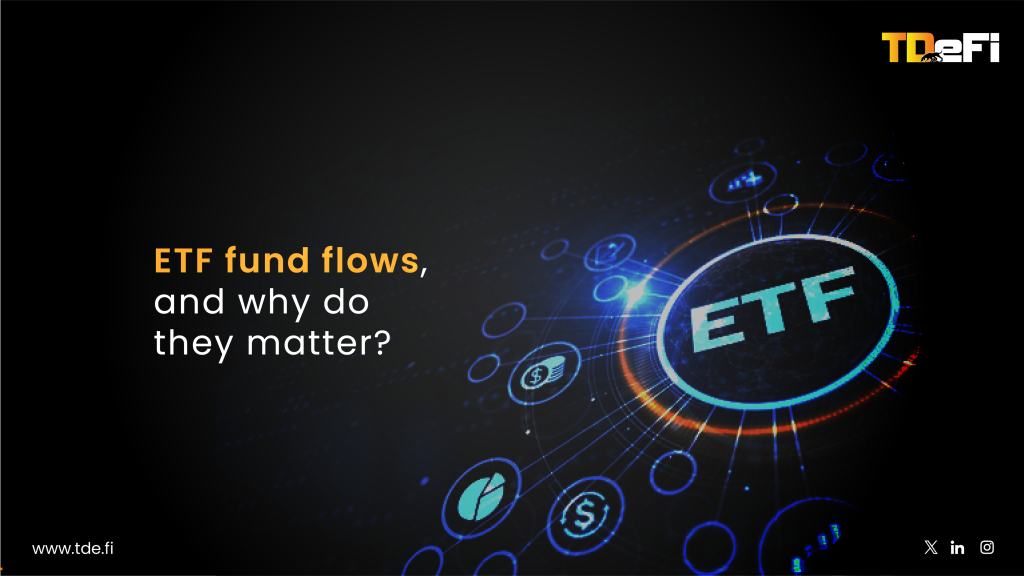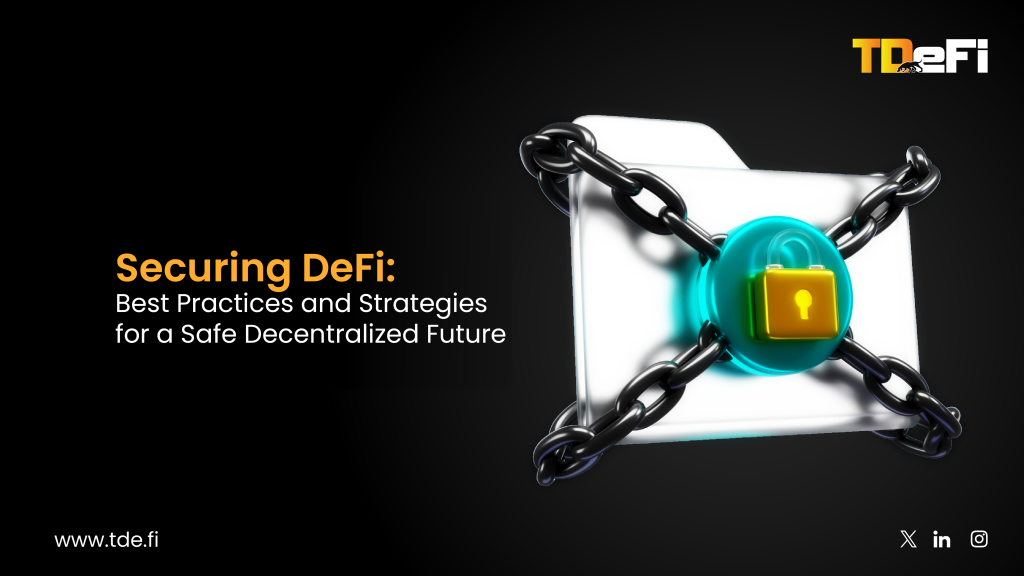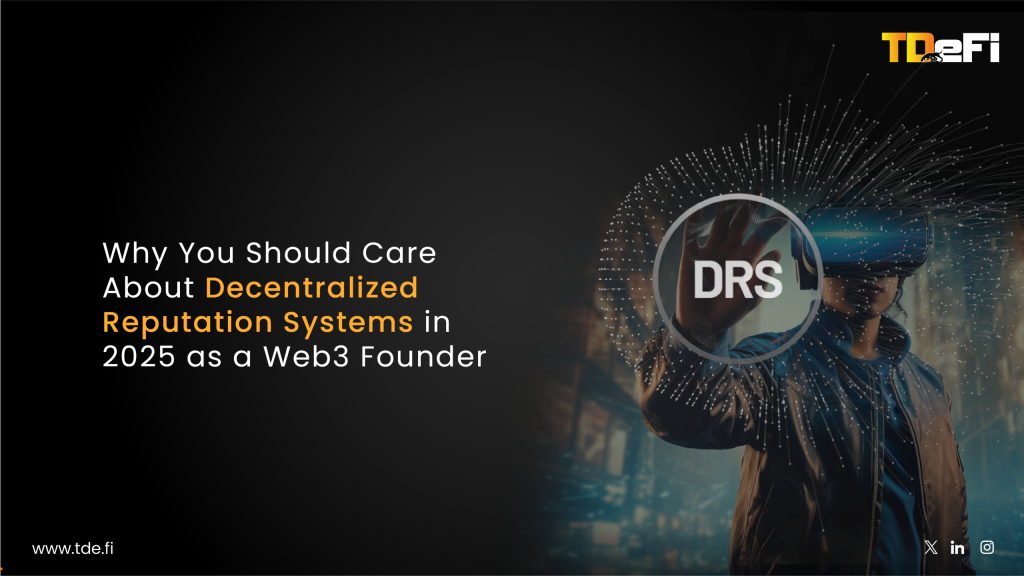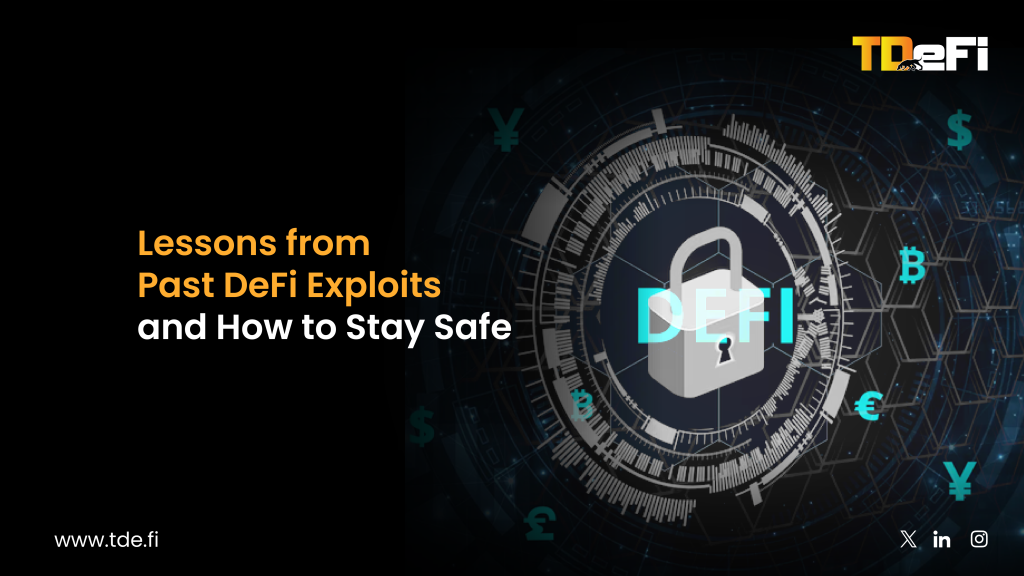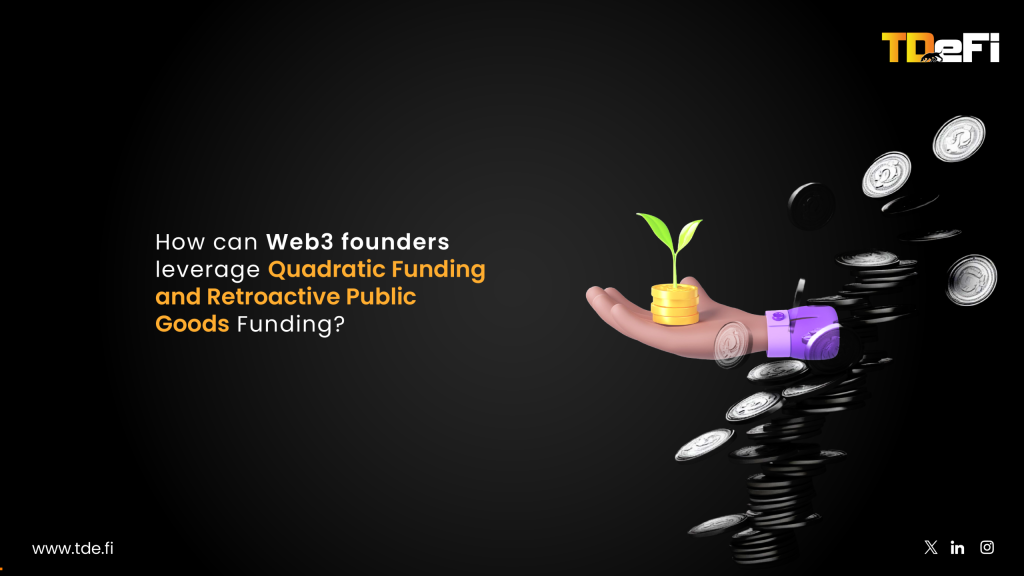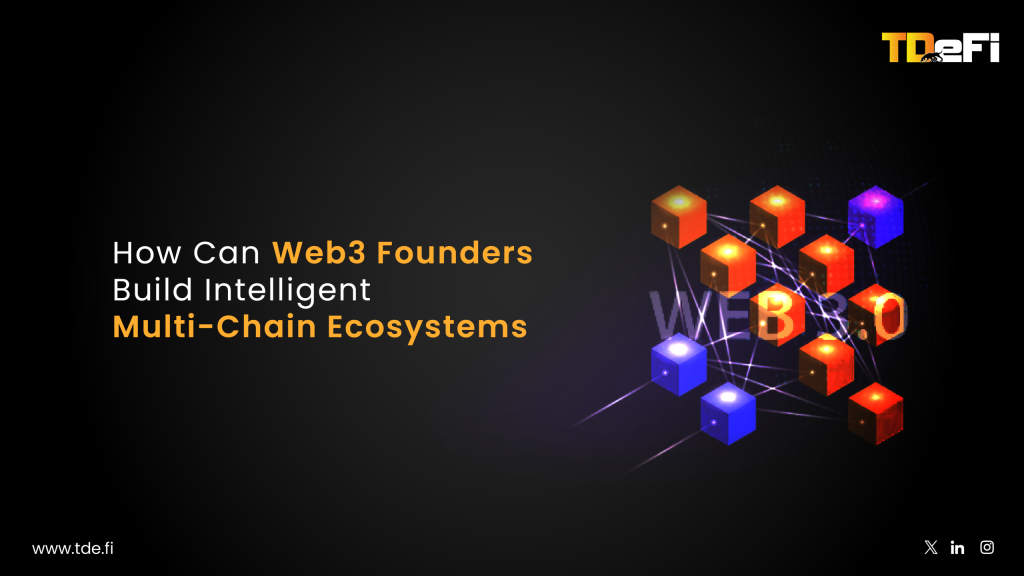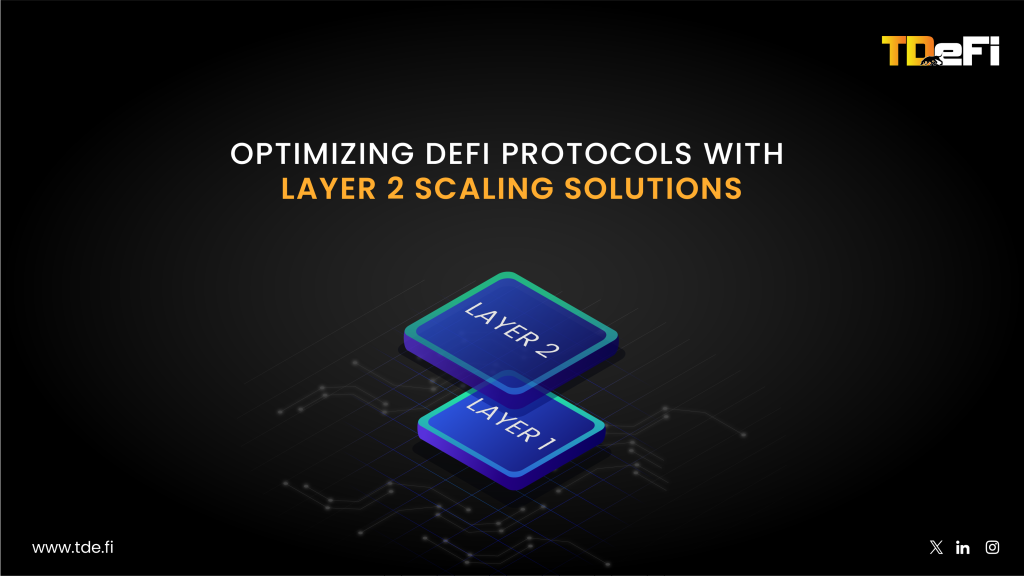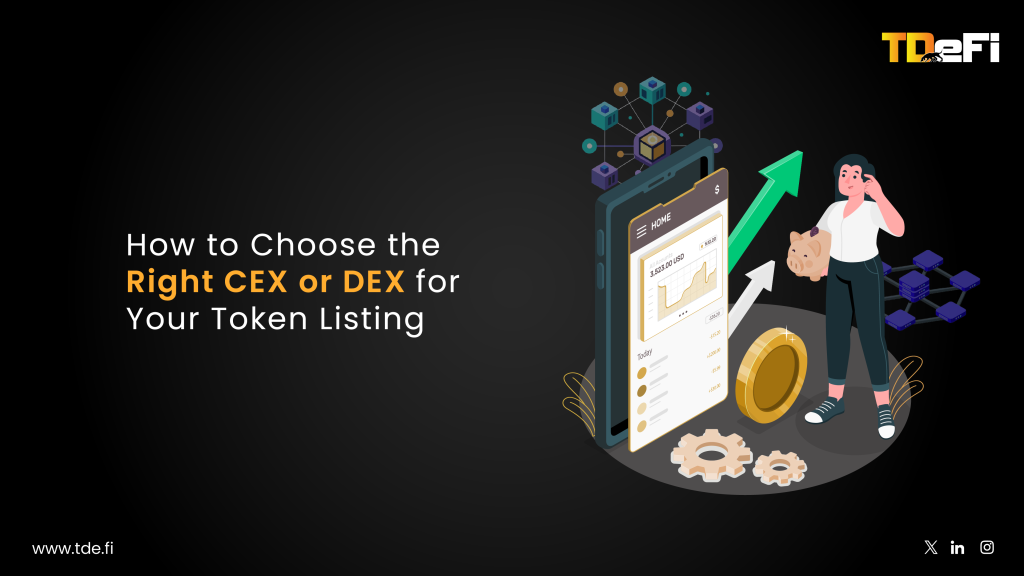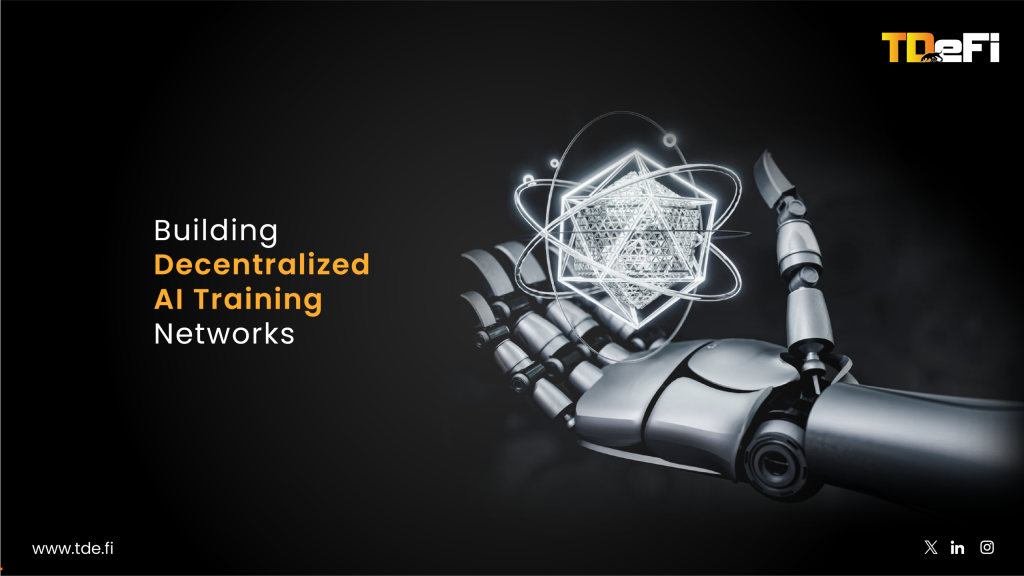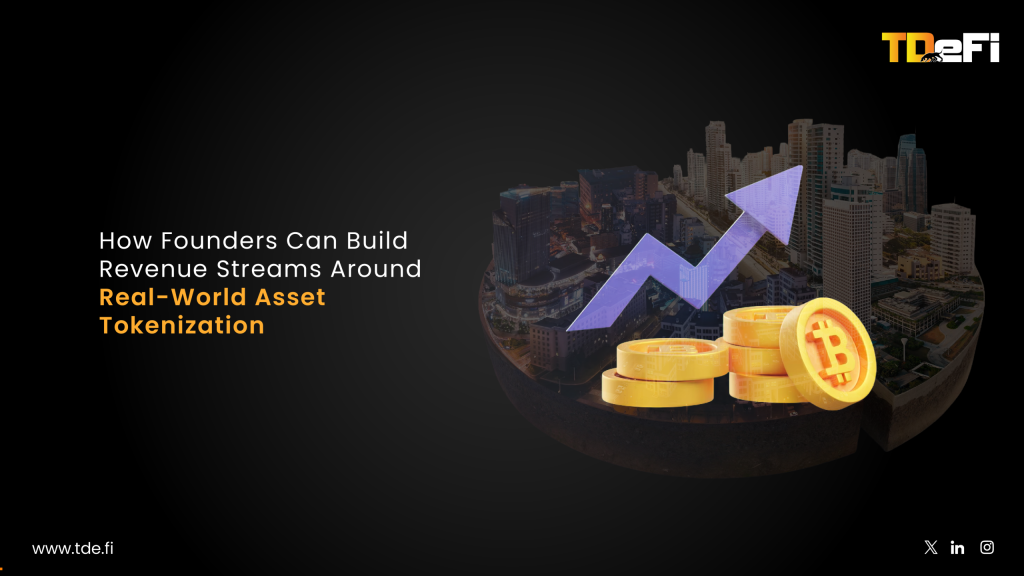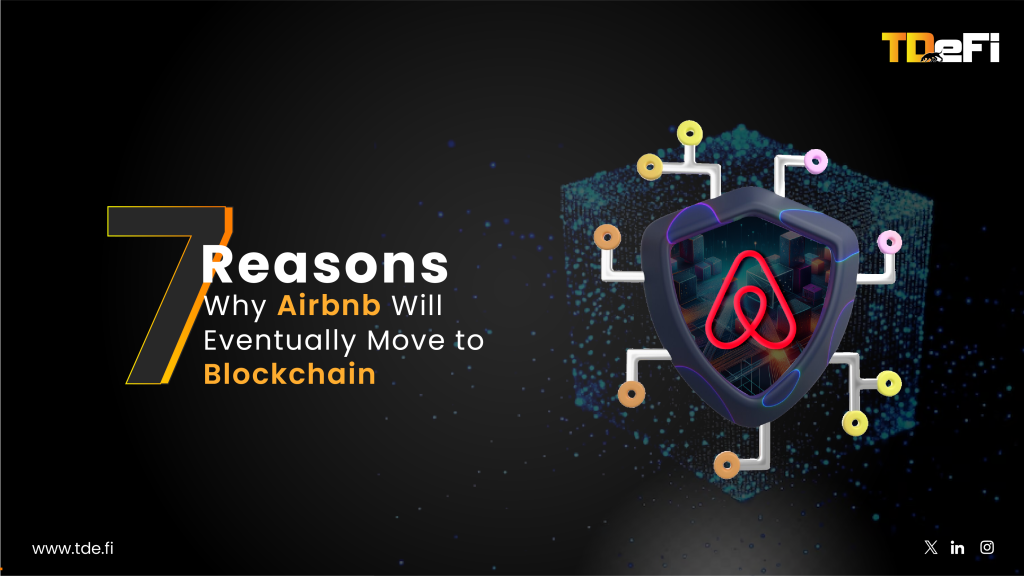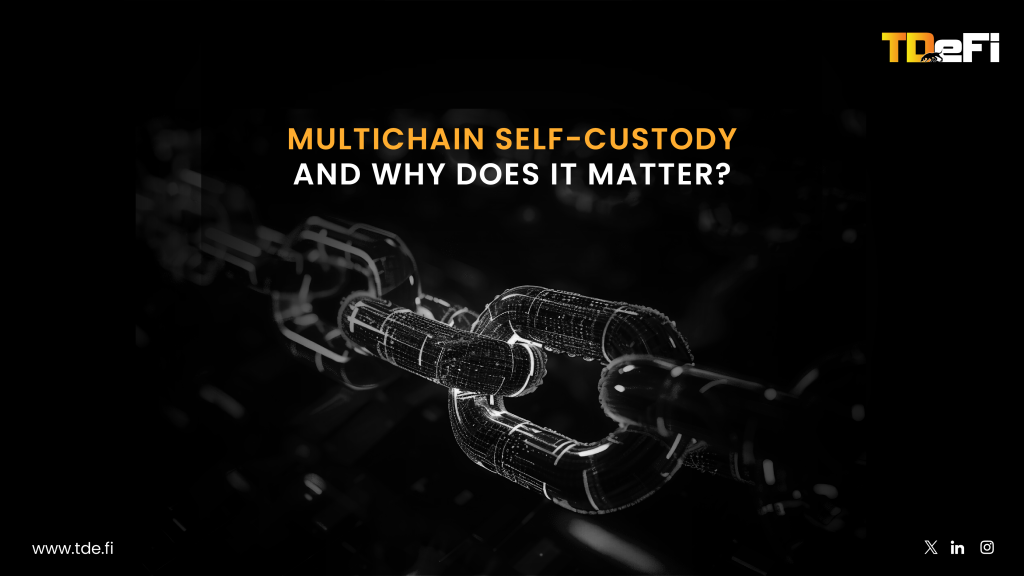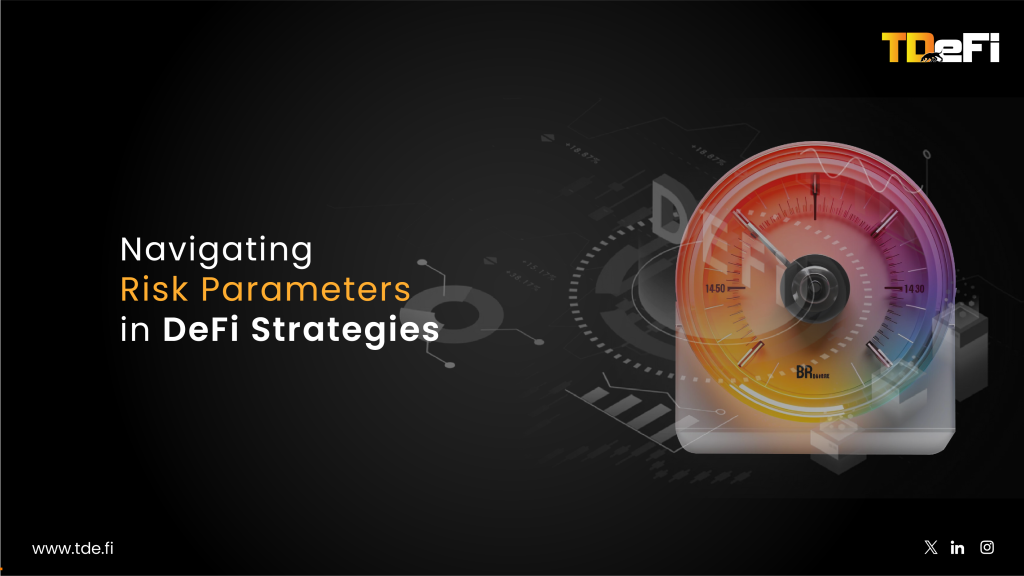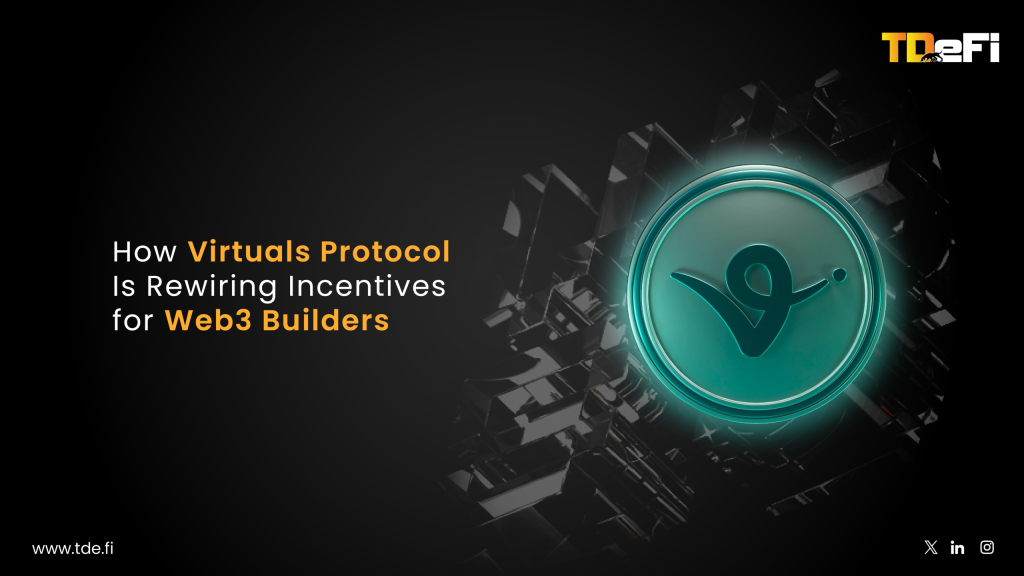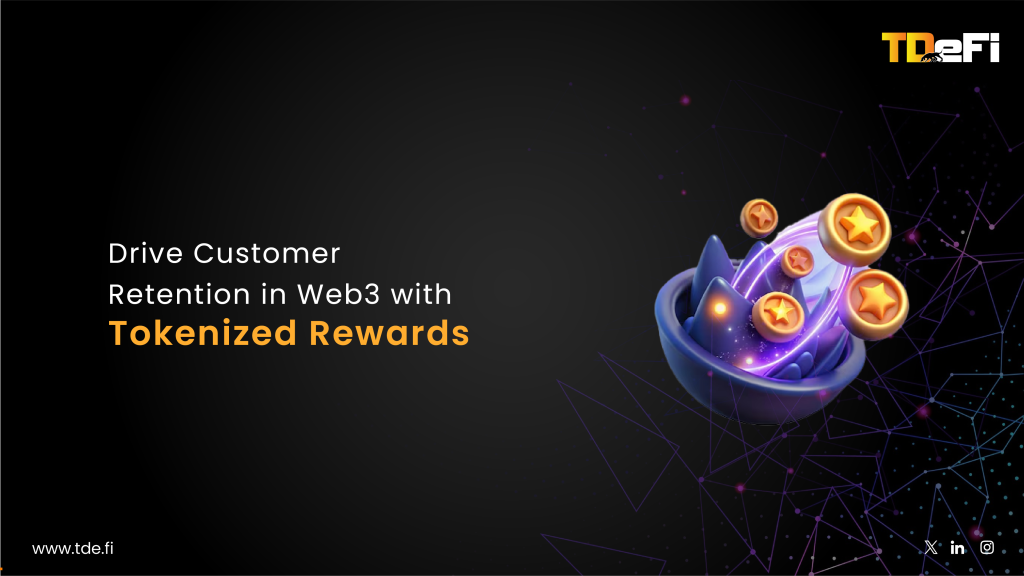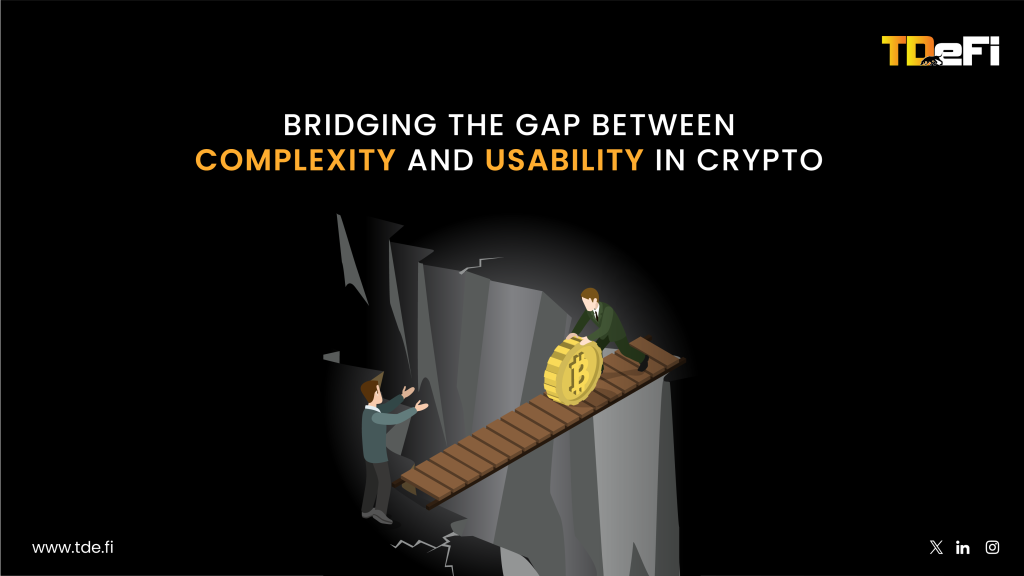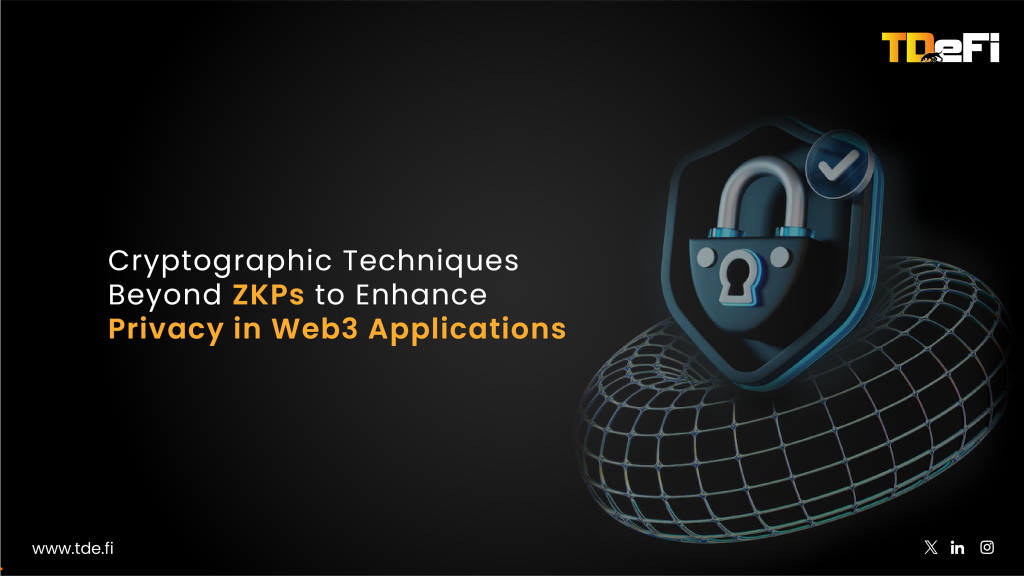TL;DR
In Web3, trust is everything—but pseudonymity and decentralization make it difficult to assess credibility. Traditional reputation systems don’t work in a permissionless economy, leaving room for governance exploits, Sybil attacks, and fraudulent actors.
Decentralized Reputation Systems (DRS) solve this by assigning on-chain, verifiable reputation scores based on real user activity. From preventing DAO manipulation and enabling under-collateralized DeFi loans to stopping NFT wash trading and securing Web3 identities, DRS is the missing layer for trust and accountability in decentralized ecosystems. This blog explores how on-chain reputation can make or break your Web3 startup and why should founders pay attention to it right now!
Introduction
Trust is the foundation of every economic system. In Web2, institutions, credit scores, and social proof serve as reputation mechanisms that establish credibility. But Web3 operates under an entirely different framework—one that is decentralized, pseudonymous, and built on permissionless access.
While decentralization eliminates gatekeepers and promotes innovation, it also creates a massive trust gap:
- Investors struggle to assess the credibility of pseudonymous founders.
- DeFi lenders have no way to determine a borrower’s financial reliability without traditional credit scores.
- DAOs face governance manipulation and Sybil attacks, where a single entity creates multiple wallets to dominate votes.
- NFT marketplaces battle wash trading and counterfeit collections, making it difficult for buyers to trust what they’re purchasing.
Decentralized Reputation Systems (DRS) offer a compelling solution in this context. By assigning on-chain verifiable reputation scores based on real activity and contributions, DRS provides a trust layer for Web3, eliminating fraud, strengthening governance, and enabling new financial models like under-collateralized DeFi lending.
For Web3 founders, integrating decentralized reputation systems is no longer an experimental idea, but a strategic imperative for building sustainable, high-trust, and fraud-resistant ecosystems. Let’s burrow down this rabbit hole now.
What Are Decentralized Reputation Systems (DRS)?
A Decentralized Reputation System (DRS) is a blockchain-based mechanism that assigns reputation scores to users, wallets, projects, and organizations based on transparent, verifiable actions recorded on-chain.
Unlike Web2 reputation models—such as centralized credit scores, LinkedIn endorsements, or platform-specific customer reviews—DRS models are:
- On-Chain & Transparent – Reputation data is stored on a public blockchain, making it verifiable and tamper-proof.
- Decentralized & Permissionless – No single entity controls reputation scores; instead, they are built through trustless, programmable mechanisms.
- Interoperable Across Platforms – A reputation score earned in one DeFi protocol, DAO, or NFT marketplace can be used across multiple Web3 ecosystems.
- Non-Transferable & Sybil-Resistant – Reputation cannot be bought, sold, or manipulated with multi-wallet farming—ensuring authentic credibility.
This is how it works:
- Users earn reputation based on on-chain activity—such as governance participation, DeFi loan repayments, NFT trading history, and protocol contributions.
- This reputation is stored as Soulbound Tokens (SBTs), Decentralized Identifiers (DIDs), or within reputation-weighted smart contracts.
- Protocols and DAOs use Zero-Knowledge Proofs (ZKPs) to verify reputation without exposing sensitive user data.
Example: A user who has successfully repaid multiple DeFi loans on Aave can use their on-chain reputation to secure lower interest rates on another protocol—without requiring KYC.
DRS enables trust to exist in Web3 without relying on centralized verification authorities—paving the way for transparent interactions across DeFi, DAOs, NFTs, and decentralized marketplaces.
Why Decentralized Reputation Systems Are Crucial for Web3 Founders
For founders today, reputation is no longer just an individual asset. It has become a fundamental component of their protocol’s security, governance integrity, and long-term success.
Here’s why every Web3 founder should prioritize decentralized reputation mechanisms:
1. Eliminating Sybil Attacks & Governance Exploits
Many DAOs operate on a “1 token = 1 vote” model vulnerable to:
- Whale manipulation (large holders consolidating voting power).
- Sybil attacks (bad actors splitting holdings across multiple wallets).
How DRS Solves This:
- Reputation-based governance models assign voting power based on contributions rather than token holdings alone.
- Soulbound Reputation Tokens prevent Sybil attacks by making governance power non-transferable and merit-based.
- DAOs track long-term contributor activity to ensure decision-making remains authentic.
Example: Optimism’s Citizen House integrates reputation-weighted governance. As of early 2025, Optimism continues refining this model with additional checks and balances for greater resilience against manipulation.
2. Enabling Under-Collateralized Lending in DeFi
DeFi lending today remains heavily over-collateralized because protocols cannot assess user creditworthiness effectively. Borrowers must deposit 150–200% collateral for simple loans—excluding millions without large crypto reserves.
How DRS Solves This:
- On-chain credit scores enable lenders to offer under-collateralized loans based on repayment history.
- Borrowers with strong reputations access lower interest rates—rewarding responsible financial behavior.
Example: Goldfinch Finance already facilitates collateral-free crypto lending using reputation-based models—expanding DeFi accessibility beyond wealthy crypto holders.
3. Preventing Wash Trading & Fake Engagement in NFT Markets
NFT marketplaces suffer from wash trading—users artificially inflating NFT prices by trading between their own wallets—which distorts market data.
How DRS Solves This:
- Marketplaces assign on-chain reputation scores to creators and traders to filter out bad actors.
- Wash traders face penalties such as reduced visibility or platform restrictions.
Example: LooksRare initially struggled with wash trading, which inflated trading volumes and undermined trust in the platform during its early days. To address this, the platform modified its reward structures and introduced monitoring mechanisms in mid-2023, aiming to reduce fraudulent activity and restore credibility. Similarly, Galxe integrates robust reputation tracking by leveraging on-chain and off-chain data to consistently reward authentic engagement. By incentivizing real user participation across campaigns, Galxe has established itself as a key player in credential-based rewards for DAOs, DeFi platforms, and NFT projects.
4. Strengthening Decentralized Trust Infrastructure at Scale
As Web3 grows more complex in 2025, protocols increasingly rely on scalable solutions for decentralized trust infrastructure. One emerging technology making waves is EigenLayer, which leverages Ethereum restaking mechanisms to build trust layers across multiple dApps. Combined with EigenTrust, a decentralized algorithm for assessing validator reputations securely across chains, EigenLayer enables protocols to scale trust seamlessly while maintaining decentralization.
This innovation is becoming foundational for protocols looking to integrate cross-platform reputational systems efficiently without compromising security or scalability—a critical consideration for founders building robust ecosystems in 2025.
5. Revolutionizing Web3 Identity & Decentralized Social Reputation
In Web2 platforms like LinkedIn or Twitter define an individual’s trustworthiness centrally. In Web3 identity must be decentralized yet portable across platforms.
How DRS Solves This:
- Users build cross-platform reputations based on transactions history across DAOs votes, DeFi participation, NFT ownership.
- Metaverse projects assign social credibility scores allowing trusted users exclusive experiences.
Example: Lens Protocol enables portable social identities across dApps by allowing creators to own their profiles as NFTs—providing verifiable credibility independent from centralized platforms like Twitter or YouTube. By leveraging Polygon’s blockchain infrastructure, Lens ensures user-owned data and interoperability across decentralized applications, fostering transparency and control for creators.
Implementing Decentralized Reputation Systems
A well-designed reputation system can improve user retention, governance efficiency, and capital inflows by ensuring that your community and stakeholders operate in a fair and verifiable environment.
However, implementing decentralized reputation requires careful planning, design, and integration to ensure scalability, security, and real utility. Here’s how Web3 founders can build effective reputation mechanisms into their projects:
1. Define the Purpose of Reputation in Your Ecosystem
Your reputation system should be directly tied to business goals. If you’re building a DeFi lending protocol, reputation should focus on on-chain creditworthiness. If you’re running a DAO, reputation should reflect community contributions rather than just token holdings.
Before implementing a reputation system, you need to ask:
- What behavior should be rewarded? (e.g., DAO participation, staking, governance contributions, DeFi loan repayments, NFT trading history)
- What actions should be penalized? (e.g., Sybil attacks, governance manipulation, bad debt, wash trading, or fraudulent activity)
- How will reputation impact user experience? Will it unlock premium features, lower fees, increase voting power, or improve borrowing limits?
2. Choose the Right Reputation Model
Select a reputation model that aligns with your project’s long-term sustainability goals. If your protocol suffers from Sybil attacks or governance manipulation, focus on DAO reputation. If you’re solving capital efficiency problems in DeFi, build an on-chain credit system.
Reputation can be implemented in multiple ways, depending on your project type, user base, and industry vertical. Here are three core models to consider:
a) Contribution-Based Reputation (DAO & Governance)
- Assign reputation scores based on community engagement, proposal submissions, and governance participation.
- Use weighted voting mechanisms where long-term contributors have more influence than short-term speculators.
- Issue Soulbound Tokens (SBTs) to reward loyal contributors with non-transferable credentials.
b) On-Chain Credit Scores (DeFi & Lending)
- Build credit reputation by tracking repayment history, liquidation events, and loan performance.
- Offer lower collateral requirements for high-reputation borrowers.
- Use Zero-Knowledge Proofs (ZKPs) to protect user privacy while proving creditworthiness.
c) Trading Reputation (NFTs & Marketplaces)
- Assign seller credibility scores based on successful transactions, buyer reviews, and trade volume.
- Penalize wash trading and price manipulation by reducing reputation scores.
- Reward high-reputation traders with lower marketplace fees or priority access to rare assets.
3. Build Effective Incentive Mechanisms
Your reputation system should be portable. A DeFi lender should be able to use a borrower’s Ethereum-based reputation score to assess creditworthiness on Solana or Avalanche, without needing a separate evaluation.
To ensure cross-chain reputation interoperability, Web3 founders should:
- Use Decentralized Identifiers (DIDs) and Soulbound Tokens (SBTs) that store reputation data on public blockchains.
- Integrate cross-chain reputation aggregators like Galxe, Gitcoin Passport, or Arcx to make reputation portable across protocols.
- Allow users to verify reputation using Zero-Knowledge Proofs, ensuring privacy while proving trustworthiness across different dApps.
4. Build Reputation-Driven Incentives to Reward Good Behavior
A reputation system without incentives is useless. Users need clear benefits for building a strong on-chain reputation—otherwise, they won’t engage with it.
Here’s how founders can leverage reputation-driven incentives:
- Lower Fees: High-reputation users get reduced trading fees, borrowing rates, or gas fee subsidies.
- Increased Voting Power: In DAOs, active contributors gain more governance weight, ensuring decision-making isn’t controlled by passive whales.
- Exclusive Access: NFT projects and Metaverse communities can grant VIP perks to high-reputation members, such as whitelist spots, airdrops, and premium experiences.
- Yield & Staking Boosts: DeFi platforms can offer higher staking rewards or yield farming boosts to long-term, high-reputation liquidity providers.
- Reputation-Based Partnerships: High-reputation projects or individuals can unlock funding, partnerships, and investment opportunities.
5. Prevent Exploits & Manipulation
Every system is vulnerable to gaming and manipulation. Founders need to design safeguards to prevent users from artificially inflating their reputation or exploiting governance loopholes.
Here’s how to harden your reputation system against abuse:
- Prevent Reputation Farming: Require meaningful contributions over time instead of rewarding single high-value transactions.
- Reduce Sybil Attacks: Use Soulbound Reputation Tokens that cannot be transferred or sold, ensuring each user builds reputation organically.
- Verify Reputation Without Exposing Data: Implement Zero-Knowledge Proofs (ZKPs) so users can prove past behavior without revealing sensitive details.
- Adjust Reputation Dynamically: Reputation should be adjusted based on recent behavior, ensuring that inactive or malicious users lose credibility over time.
Closing Thought
Reputation is the new capital in Web3. More than building decentralized technology, Web3 is about building decentralized trust itself.
Without decentralized reputation systems founders risk governance manipulation, liquidity fraud and ecosystem instability—but integrating transparent verifiable reputational models unlocks sustainable innovation built upon genuine trustworthiness, authenticity accountability, community strength above mere token valuations alone.
The winning projects of 2025 won’t merely have the highest token prices—they’ll possess the strongest, most trusted communities built upon strong decentralized reputational foundations!
Are you too building a reputation-powered Web3 project? Let’s make it happen with TDeFi!



